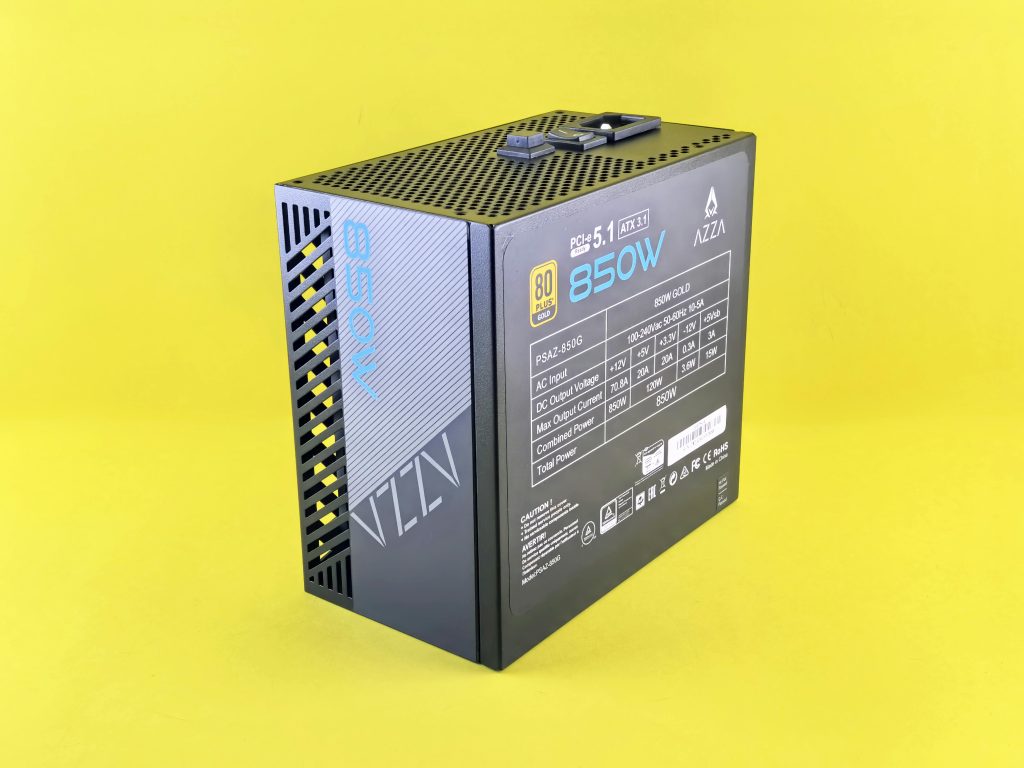Understanding Malware Persistence: Can It Survive a Factory Reset?
Recently, I encountered a concerning situation involving malware, which prompted me to delve deeper into the resilience of malicious software. It all began when a friend forwarded me a file, asking me to install it. Trusting their recommendation, I proceeded with the installation, only to be surprised by the aftermath—my computer was compromised with malware, potentially a trojan or ransomware.
In an effort to remedy the situation, I sought assistance from an expert who suggested performing a factory reset followed by a clean installation of the Windows operating system. While I hoped this would completely eradicate any potential threats, I have since received alarming notifications from Google alerting me to unauthorized access attempts on my account from a MAC computer.
This raises a crucial question: can malware actually survive a factory reset and a fresh Windows installation? Typically, conventional malware should not persist after such drastic measures, as a factory reset is designed to restore the device to its original state by wiping all user data and applications.
However, there are several possibilities that could explain the ongoing issues with my Google account:
-
Cloud-based Attacks: If my Google account was compromised before the reset, the hacker might have retained access through cloud services, enabling them to attempt to log in from a different device.
-
Credentials Theft: If the malware was capable of harvesting passwords or authentication tokens, my credentials could have been compromised, allowing unauthorized access despite the hardware reset.
-
Account Recovery: The attacker might still have means to access my account via recovery options associated with it, particularly if security measures were inadequate.
To safeguard against these threats, here are some steps to take:
-
Change Passwords: Immediately update passwords for all accounts, especially those that contain sensitive information. Utilize complex passwords and consider employing a password manager.
-
Enable Two-Factor Authentication (2FA): This additional layer of security requires a second form of verification and can significantly reduce the risk of unauthorized access.
-
Review Account Activity: Keep an eye on account activity logs to identify any suspicious behaviors. Promptly report any unauthorized access to the respective platforms.
-
Scan for Residual Malware: After any known infection, consider running comprehensive scans with reputable antivirus tools to ensure that no remnants of the malware remain.
Understanding how malware operates and the importance of proactive measures can help prevent future issues. If you ever find yourself in a similar situation, remember that taking swift action is critical
Share this content:




Hi, thanks for sharing your situation. Generally, performing a factory reset and reinstalling Windows should remove most types of malware, especially if done correctly with a clean installation media. However, certain advanced threats like firmware malware or malware residing in the BIOS/UEFI can persist beyond such resets. Additionally, cloud-based access or credential theft can allow attackers to regain entry even after hardware wipes.
To ensure your system and accounts are secure, consider the following:
Staying vigilant and following these steps enhances your chances of completely eradicated embedded threats and protecting your digital environment moving